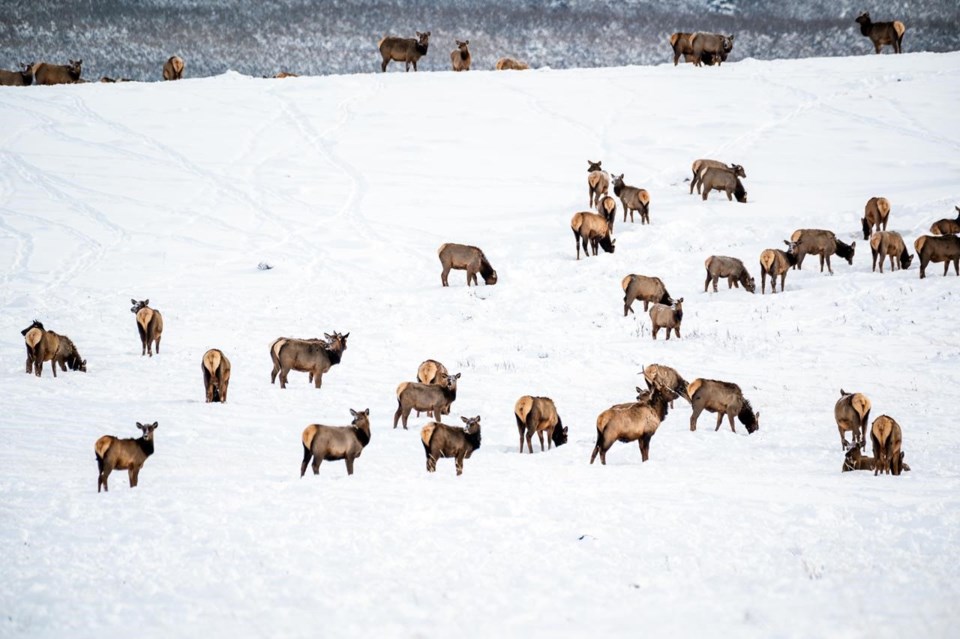TWIN BUTTE, Alta. — A property that includes fescue grasslands, forests and wetlands near Waterton Lakes National Park in southern Alberta has been purchased by the Nature Conservancy of Canada.
The organization said Tuesday that the 2.5-square-kilometre property between the national park and Twin Butte, Alta., is its newest conservation site in the province.
"Waterton Lakes National Park is renowned for its incredible wildlife, but these species rely on an area much larger than the park itself throughout the year," Tom Lynch-Staunton, regional vice-president for the Nature Conservancy of Canada, said in a statement.
"By conserving this property, we are ensuring it will continue to offer habitat and safe movement routes for these incredible animals."
The Nature Conservancy of Canada said the property will become part of the 130-square kilometres of private conservation lands known as the Waterton Park Front, which is now about 75 per cent conserved.
"This property is just another piece of that larger puzzle," said Sean Feagan, an Alberta spokesman for Nature Conservancy of Canada.
"It's a victory for nature."
Land conservation in the area, he said, is important because it features a unique and relatively intact ecosystem that provides a corridor for wildlife such as grizzly bears and elk.
"It's where the grasslands butt up right against the mountains," said Feagan. "There's not a ton of foothills, so it's a unique part of the province geographically and geologically.
"So, you get a mixture of grasslands species and montane species living together."
He said mammals such as elk, deer and moose congregate in the areas outside of the national park in the winter to forage grasses such as fescue, which has high nutritional value.
"It's a really important winter foodstuff for these animals," he said.
The Nature Conservancy of Canada said the protected area will continue to be used for cattle grazing while being managed in a way that allows nature to thrive.
It noted fescue grasslands are a priority for conservation because they are sensitive to disturbances and slow to regenerate. They also provide important habitat for birds and sequester carbon.
The announcement comes a few months after the organization announced a $6.9-million campaign to save a 16.5-square-kilometre property called the Yarrow, which is also in southern Alberta but "a little farther north" from the latest project and just outside what's traditionally known as the Waterton Park Front.
The Yarrow also features grasslands, wetlands, creeks, mixed forests and includes 27 wildlife species of provincial and national significance. There are two streams that provide fish habitat and transport water from Alberta's southern headwaters to rivers across the Prairies that flow to Lake Winnipeg and eventually Hudson Bay.
This report by The Canadian Press was first published Jan. 31, 2023.
— By Colette Derworiz in Calgary.
The Canadian Press



